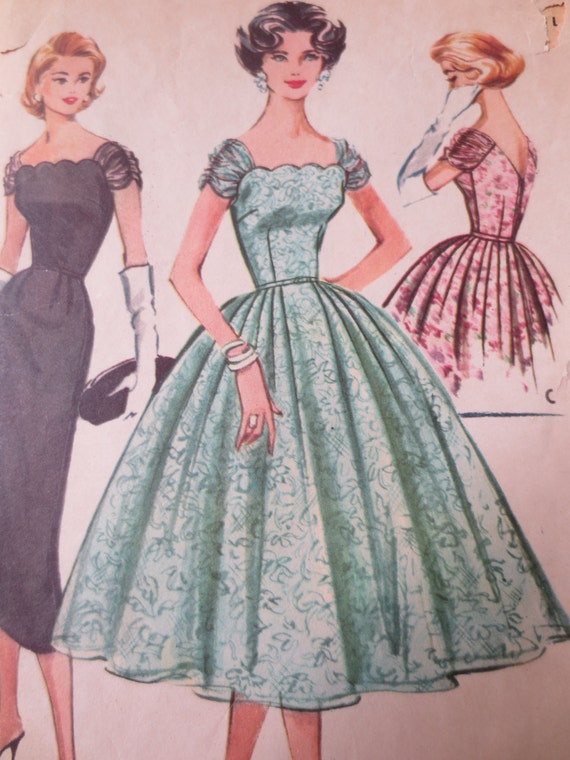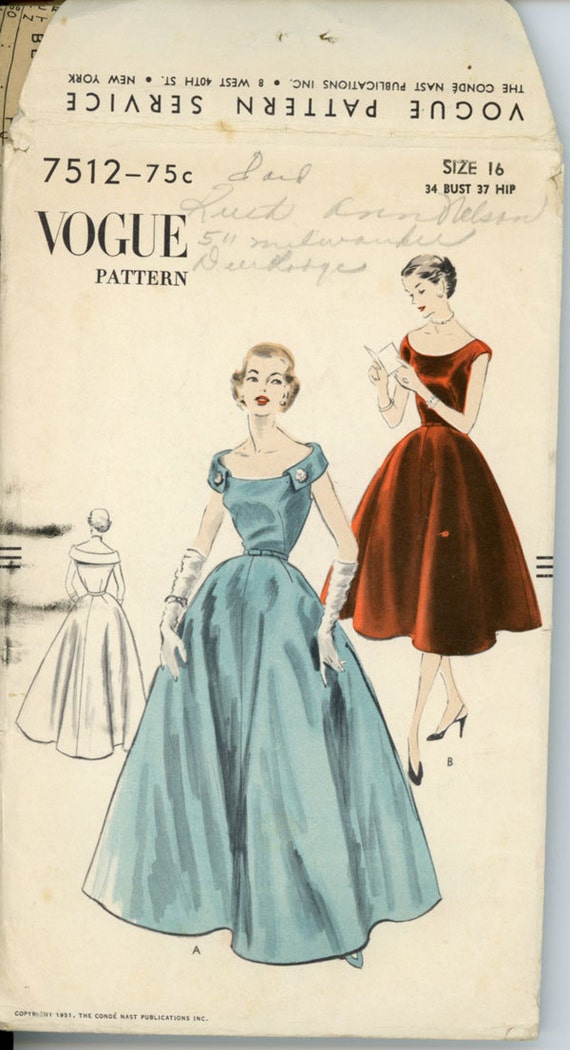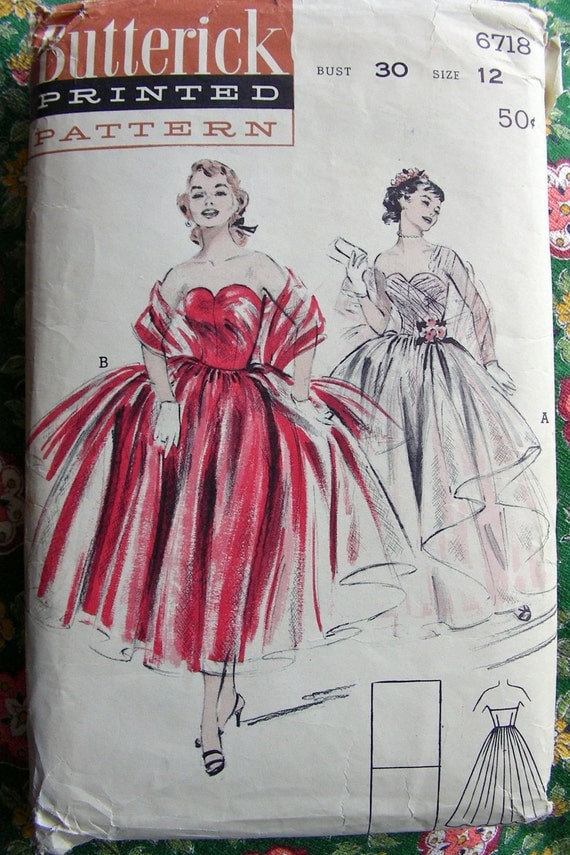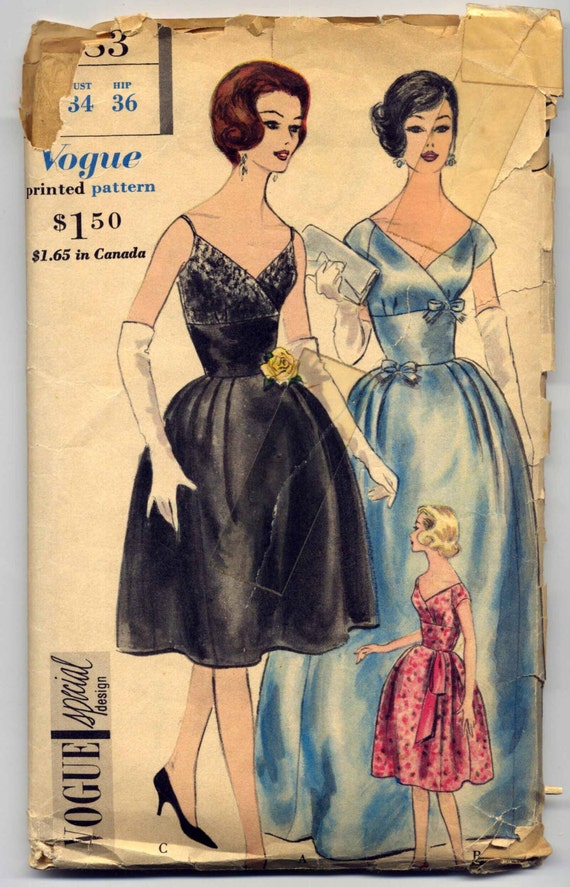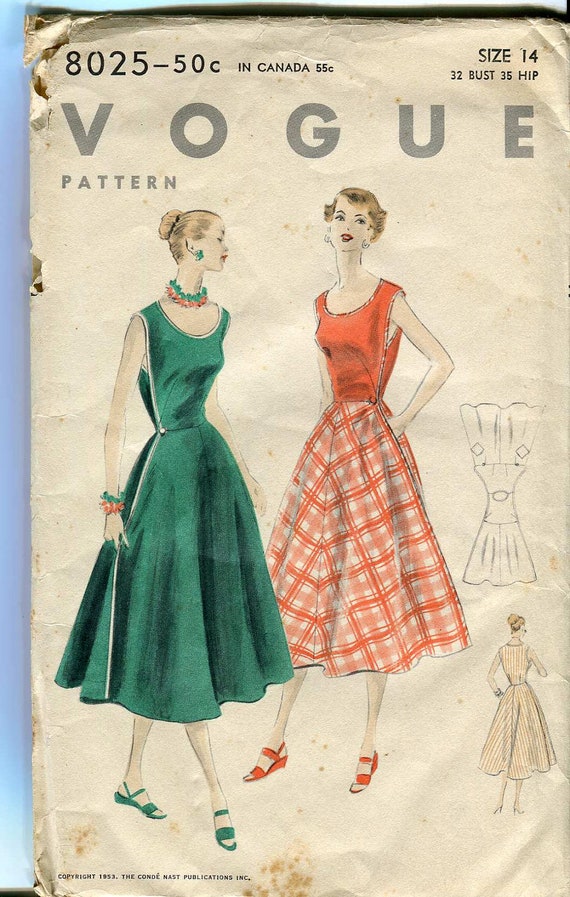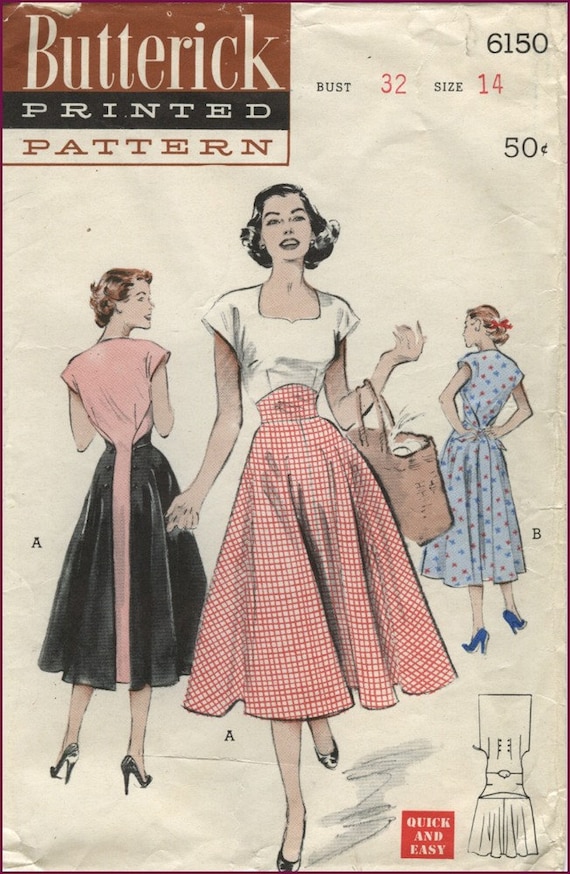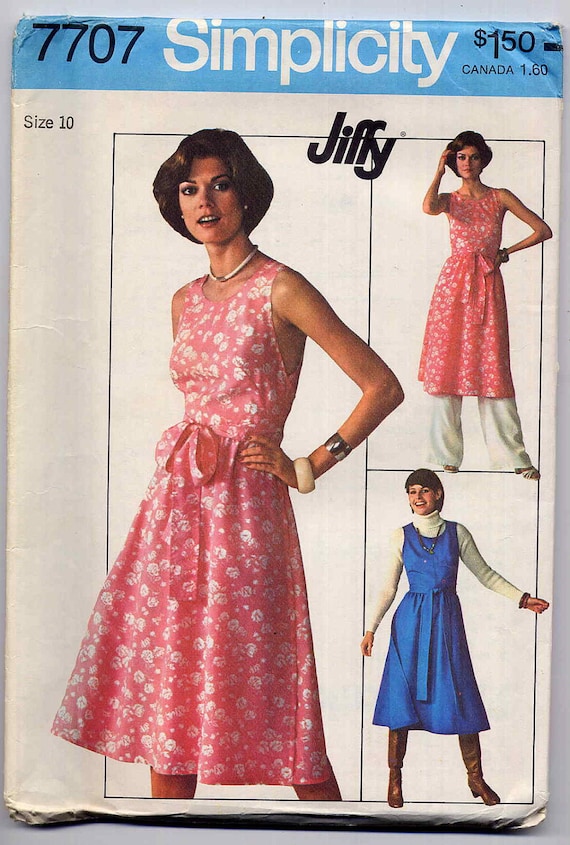By Sherri,
sewbettyanddot
When we think of designer sewing patterns, many of us probably immediately think of Vogue: Vogue began to publish named designer patterns around 1949. Stay tuned for more blog posts about Vogue designers! The other pattern companies also created designer pattern lines, and in this post we'll start with Butterick.
Butterick began its Young Designer series of patterns in 1964 in an effort to appeal to a more youthful seamstress, and Mary Quant was a natural choice to begin the series. Quant was born in England in 1934 and graduated from Goldsmith's College, London, with a degree in Art Education. She began her career in fashion as an apprentice to a milliner whose shop was located next to the venerable Claridge's Hotel. In 1955--at the age of 21--she opened a shop called Bazaar on the King's Road in the bohemian Chelsea neighborhood in London; a second branch followed in 1957. Mary Quant was in the forefront in making London, for the very first time, a fashion capital.
Her youthfulness meant that she identified closely with her customers. With the success of several garments she designed and made, she decided to focus on her own clothing line. Quant's idea was that women and girls without a big budget should still be able to look hip and chic, and she also believed that clothes should be simple and easy to move in. Her shops were the place to be: she was friends with Vidal Sassoon (she sported his iconic five-point bob) and the Beatles (Pattie Boyd married George Harrison in a Quant mini). According to the London
Guardian,
"Quant was responsible for hot pants, the Lolita look, the slip dress, PVC raincoats, smoky eyes and sleek bob haircuts...."
Left to right: Vidal Sassoon cutting Mary Quant's hair (courtesy classicenglishstyle.com);
The second branch of Bazaar, on Brompton Road (courtesy queensofvintage.com);
Pattie Boyd with the Rolling Stones (wearing a version of the dress in Butterick 3287!) (courtesy glamouragogo.blogspot.com);
A 1960s Mary Quant ad (courtesy glamouragogo.blogspot.com).
She is, of course, one of the designers often credited with "inventing" the miniskirt (along with French designer André Courrèges) in the early 1960s. She claimed that it was her customers who were responsible for the garment: they kept insisting that she make their skirts shorter and shorter and shorter. She has said, too, that she was influenced by ballet costumes, both in terms of short skirts/dresses AND the tights that went under them. Whether or not she invented it, Quant definitely popularized the miniskirt--and some sources say that she named it the Mini after her favorite car (she designed a special edition Mini car in 1988, complete with her signature daisy motif). In the late 1960s Mary Quant made hot pants ubiquitous and popular, as well as colored tights and color-blocked a-line dresses, and her make-up line was wildly successful (spider lashes, smoky eyeshadow, and pale lips were all part of the Quant look). The two models who are most associated with Mary Quant are Jean Shrimpton and of course, Twiggy!

Top row: models wearing Mary Quant designs
(courtesy u1010026.wordpress.com)
Twiggy wearing a Quant design
(courtesy strawberrylemonade.blogspot.com)
Bottom row: A Mary Quant Daisy doll
(courtesy Wikipedia)
Mary Quant with images of Royal Mail stamps featuring her and the Mini automobile, ca. 2009
(courtesy excoboard.com)
Quant sold/licensed her designs to J. C. Penney in the early 1960s, allowing her clothes to be mass produced and introduced to the American market. She designed tights, make-up, and accessories as well, and there was even a Mary Quant Daisy fashion doll. In 1966 she was made an Officer of the Most Excellent Order of the British Empire (OBE) and received the honor from Queen Elizabeth wearing a blue jersey miniskirt. Mary Quant is now 80 years old.
Top row: Mary Quant receiving her OBE award at Buckingham Palace in 1966
Quant fashions in J.C. Penney catalogue
Quant fashions in J.C. Penney catalogue
Middle row: J.C. Penney catalogue
Mary Quant makeup advertisement
Tights by Mary Quant
Bottom row: An ad for Quant dresses
Fashions for Mary Quant's Daisy doll
A toaster designed by Mary Quant
(all image courtesy tumblr.com)
Given all of the above, I'd say that Butterick definitely had their finger on the pulse of youthful fashion when they chose Mary Quant as their first Young Designer!
Now let's look at some Butterick Mary Quant patterns from members of the Pattern Patter team!
Top row: Butterick 3505: Fragolina
(Text sources: Wikipedia; vam.ac.uk.com; biography.com; dailymail.co.uk)
Which Mary Quant pattern makes gets your motor revving? Tell us in the comments!




































